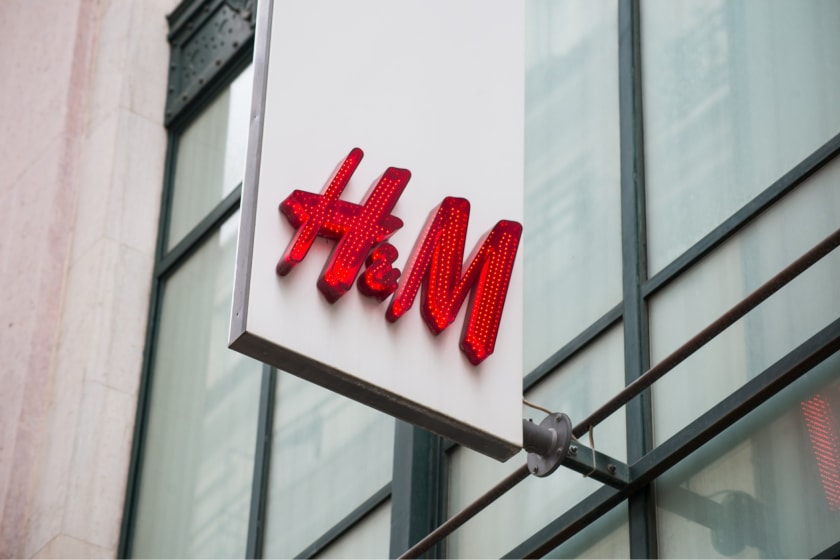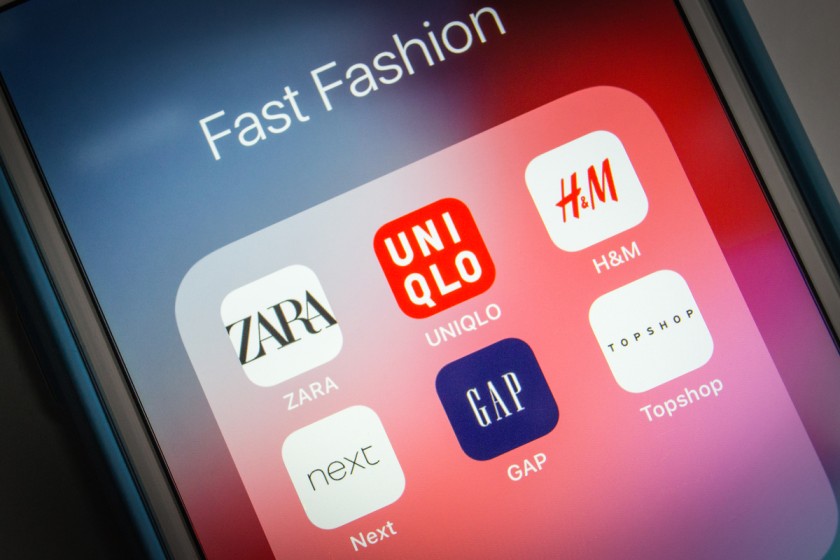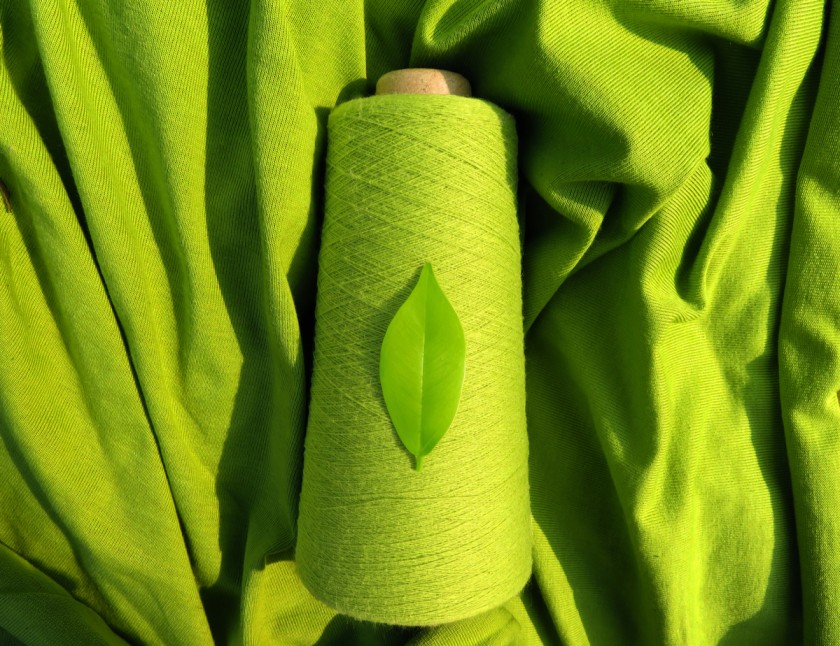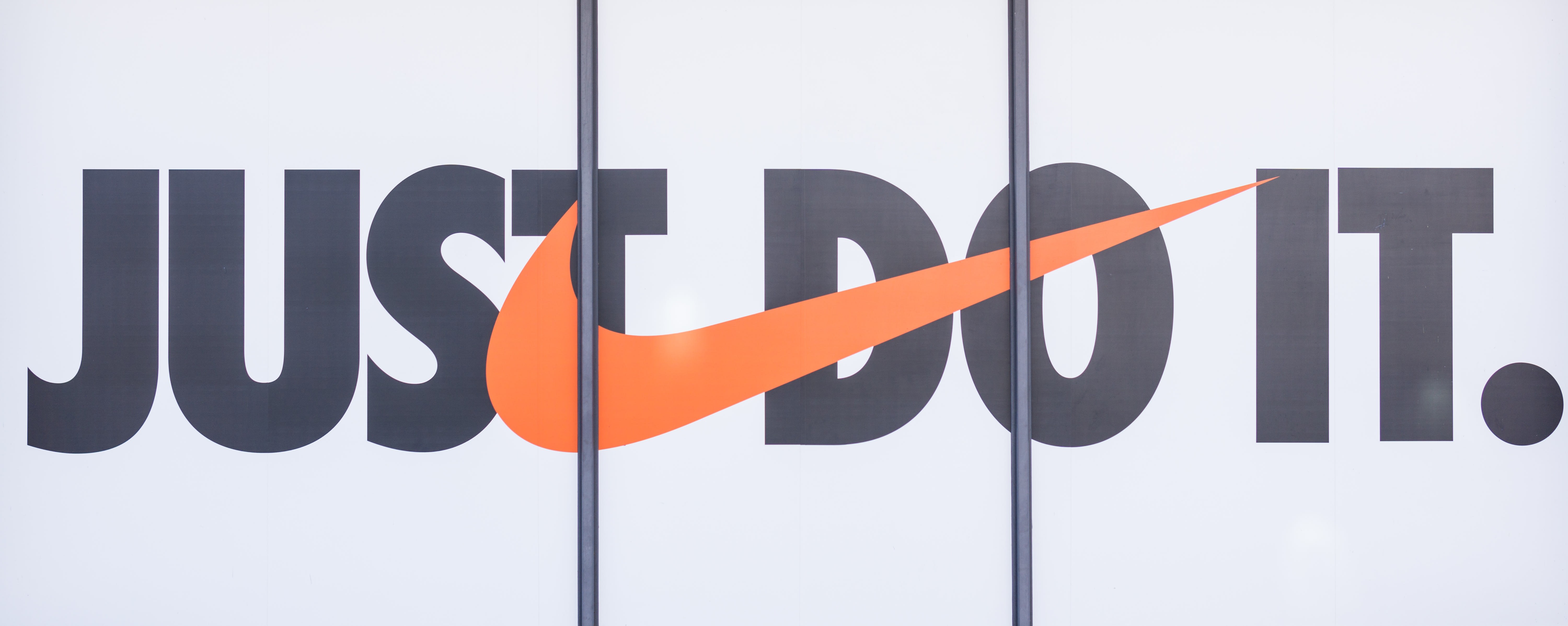Case study On How H&M is Slowing Taking Initiatives Towards Sustainability Being a Fast Fashion Brand



H&M is one of the largest fast-fashion companies with over 4856 stores around the world and a mass online presence. Recently, H&M has decided to switch to a more sustainable and greener outlook. The Swedish multinational company is a popular choice among teens and young adults because of its trendy clothing lines and affordable prices.
The push towards the green and sustainable movement might seem like an attempt to keep up with the current trends, but in honesty, H&M started its journey towards sustainability long back in the 2010s and is rapidly speeding towards its goal to go 100% sustainable by the year 2040.
The Sustainable Timeline

2010: H&M launches its first fully sustainable collection.
2013: Garment Collecting is introduced in all H&M stores for reuse and recycling purposes.
2015: H&M launches The Global Change Award, to encourage designs and innovations to switch from linear to the circular fashion industry.
2019: H&M becomes one of the first brands to provide details on the product level, about the materials used and the supply chain.
2020: Ranked number 1 in Fashion Revolution’s Fashion Transparency Index.
The Three Rs
As a part of the circular and climate positive initiative, H&M has planned to practice the three Rs. H&M’s garment collecting initiative collects tons of clothes, which are then sorted into three groups:
Re-wear: H&M sorts out clothes that are not damaged and can be worn again, and puts them in the thrift section for them to be sold as second-hand clothes.
Reuse: Clothes that are slightly damaged are reused by H&M to make other products.
Recycling: The clothes which do not go in the first two piles are turned into textile fibers.
The 4 Climate Positive Pillars
H&M plans to become completely climate positive by the year 2040 with the help of these four pillars:
Renewable Energy: H&M is planning to increase the use of renewable energy in their supply chain.
Energy Efficiency: H&M is actively trying to reduce the energy consumed in their value chain.
Circularity: H&M is successfully implementing the steps to become a fully circular business.
Nature-Based Solution: H&M is constantly working and collaborating with organizations like WWF to find ways to reduce carbon emissions in the environment.
The Circular System
The three Rs are a part of something much bigger - The Circular System. H&M aims to become climate positive by applying these three Cs of the Circular System:
Circular Products: Products that are made to last and are made from safe and sustainable material. H&M aims to design the products in such a way that they can be repurposed with the power of the 3 Rs, multiple times.
Circular Supply Chains: H&M is continuously working on making an improved supply chain where the products are kept in circulation and supports circular production processes and material flow.
Circular Customer Journey: H&M aims to engage the customers in the circular initiative by making sure that they can easily participate and join in the circular fashion, where the 3 Rs are practiced religiously.
Fabrics with a Lighter Footprint

H&M believes that the fashion industry heavily relies on natural fabrics. H&M continuously makes an effort to use sustainable fabrics. The aim of the company is to reuse as much as possible and reduce excess waste. Here is a list of fabrics that are commonly used by H&M:
- Cotton: By 2020, H&M achieved its goal to sustainably source the cotton used in their products. Cotton is the most common raw material/ fabric used by H&M.
- Recycled Polyester: Sports wear is commonly made from polyester, which is an artificial fabric. H&M uses recycled polyester - a more sustainable option, made from oil-based waste.
- Recycled Polyamide: Another artificial fabric, popular among underwear and pantyhose. H&M repurposes old fishing nets and carpets to make this fabric; they also utilize the excess waste from production.
- Lyocell: A fabric more sustainable than cotton, Lycocell is a common fabric used in H&M products. Lyocell is made from the cellulose of wood and requires little to no irrigation or pesticides.
- Recycled Wool: This material is sourced by H&M from either waste, cut-offs during production or the garment collecting initiative. This wool is repurposed and used in outdoor clothing like scarves, mittens, hats and gloves.
- Organic Linen: Linen, a fabric made from flax plants, is widely seen in the H&M’s product range. H&M takes it one step further and ensures that the flax plants are grown organically- without pesticides and chemical fertilizers.
- Organic Silk: The highest quality of fabric, sourced from trees that are grown without chemicals and pesticides. The quality of both organic and sustainable silk is the same, the only difference is one is sustainable and the other isn’t.
- Natural Rubber: H&M uses FSC certified natural rubber. These rubbers are grown naturally with minimum interference of any chemical body and are renewable and recyclable.
- Recycled Glass: H&M uses recycled glass to design or create embellishments for clothes, accessories and home decor. The quality of the products stay intact and are still trendy.
- Recycled Plastic: H&M uses PET plastic like water bottles, juice bottles and shampoo bottles. These recycled products are repurposed into cute accessories and save the planet from getting a bucket full of plastic.
- Recycled Cashmere: It is heartbreaking if the most beloved fabric ends in the landfill, so H&M recycles the cashmere that they find from post-consumer, post-industrial waste and cut-offs from productions.
- Recycled Down Feathers: H&M uses the feathers from old blankets, pillows or clothes. This way it is able to use fewer chemicals and energy.
- Organic Jute: This fabric comes from the most low maintenance plant - the white jute plant. The white jute plant’s fiber is extracted to make this fabric.
- Recycled Silver: H&M uses silver found in old discarded jewellery, silverware, candle stands and coins. This way they are able to reduce the negative effects of mining and save tons of energy.
- Wood: H&M only sources woods that are FSC (Forest Stewardship Council) certified.
- Recycled Wood: H&M uses FSC certified recycled wood. This means the leftover wood and/or wood’s pulp is used by H&M to reduce waste.
- Recycled Paper: H&M uses FSC recycled paper, however, this doesn’t ensure that the wood used to make the paper came from an FSC approved forest.
H&M is making major leaps toward the sustainable slow fashion movement. The CEO - Helena Helmersson, believes that with the power of collaboration and partnership, H&M will be able to make some big changes. Last year, H&M used 64.5% of sustainable and recycled products. There was a 14% decrease in the packaging and 100% of the cotton was organic and sourced in a sustainable way. In these ways, H&M is one of the biggest brands that is making climate-conscious efforts.
If your brand is looking to make some leaps towards sustainable fashion as well but is struggling to figure out where to source the clothing materials from, Fashinza can help. At Fashinza, we believe in providing sustainable and futuristic solutions.
Contact us to learn more.



















